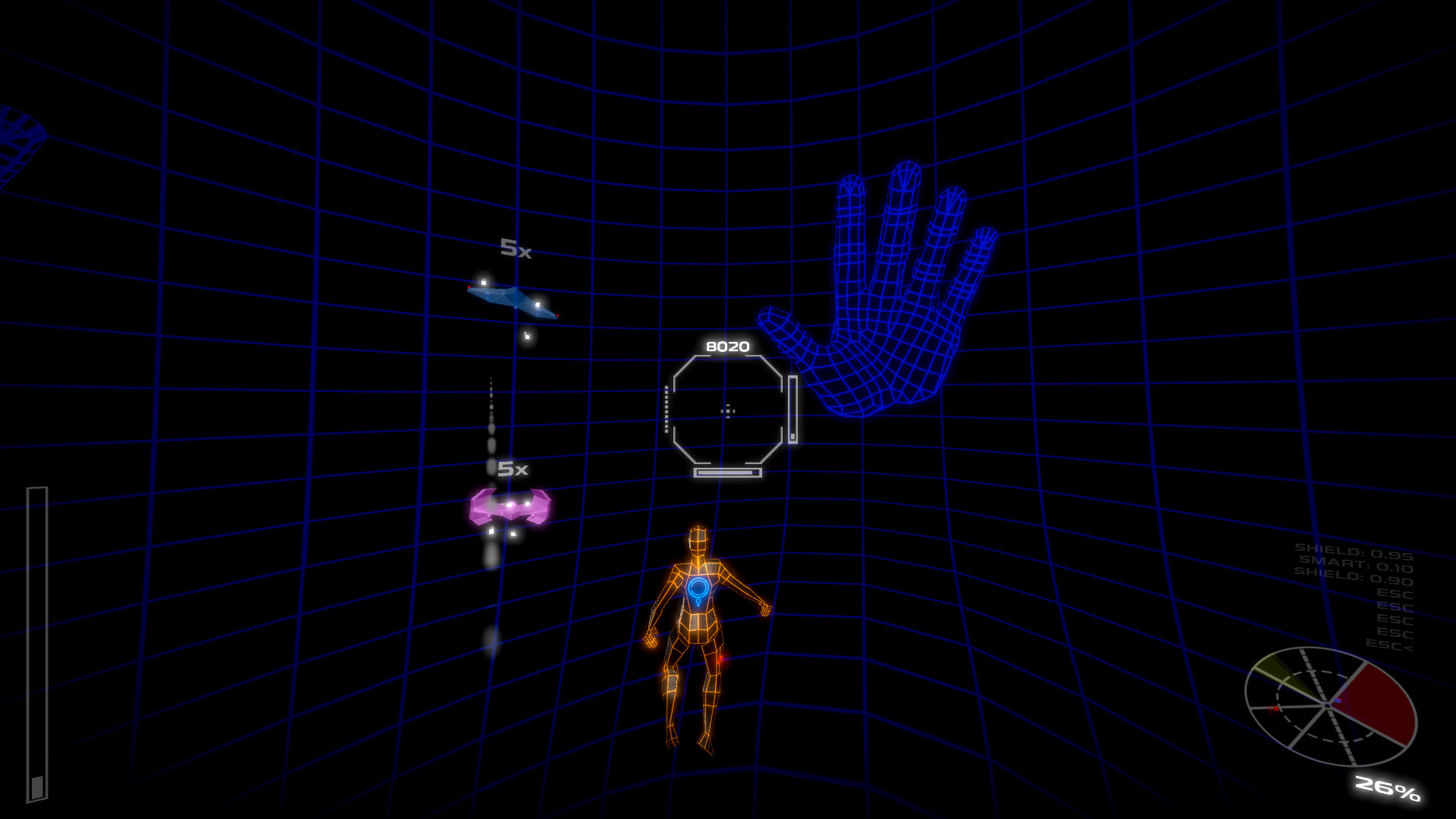

You can play with six dd parameters, two of which you should change, to get various performance-estimates: dd will output how much time it takes to complete an operation - which does give a general idea how a drive performs.
Dsync in fornite manual#
It's manual page clearly indicates that it's purpose is to " convert and copy a file". Then again, if the numbers are wildly different - like the above numbers are - and you have one drive with O_DIRECT disk reads at 60 MB/sec and other at 490 MB/sec it's very much likely that the one capable of doing 490 MB/sec is faster in just about every single workload.Ī lot of pages will recommend using dd to test disk performance. Two drives with similar numbers could perform very differently in situations where there's many random reads and writes large sequential disk reads is not a very typical load. hdparm can give you an general idea how a drive performs. You may notice that there's quite the difference between the three outputs above. Timing O_DIRECT disk reads: 1470 MB in 3.00 seconds = 489.76 MB/sec Timing O_DIRECT cached reads: 984 MB in 2.00 seconds = 491.87 MB/sec Timing O_DIRECT disk reads: 464 MB in 3.01 seconds = 154.26 MB/sec Timing O_DIRECT cached reads: 946 MB in 2.00 seconds = 472.43 MB/sec # Western Digital Red (WDC WD30EFRX-68EUZN0) Timing O_DIRECT disk reads: 184 MB in 3.02 seconds = 61.02 MB/sec Timing O_DIRECT cached reads: 122 MB in 2.02 seconds = 60.31 MB/sec -T tests read speed from the cache (either the kernels or the drives if -direct is used).-direct means we by-pass the kernels cache and use O_DIRECT to the drives cache.The typical way of using it is hdparm -direct -t -T /dev/sdX where Hdparm can give an indication of a drives sequential read and reads from a drives and it's cache. However, they will provide you with some very basic data which can help troubleshoot if a drive is connected to a lower SATA version than expected (you should be checking that with smartctl -all /dev/sda but.) and you can get a very rough idea how a drive performs. These methods are highly recommended on a lot of pages on the Internet even though they are close to utterly useless. 3.3 Benchmarking Cloud/VPS storage solutions.3.1 "Shingled magnetic recording" (SMR) drives.2.1.2 Testing sequential write speed with very big blocks.2.1.1 Testing sequential read speed with very big blocks.




 0 kommentar(er)
0 kommentar(er)
